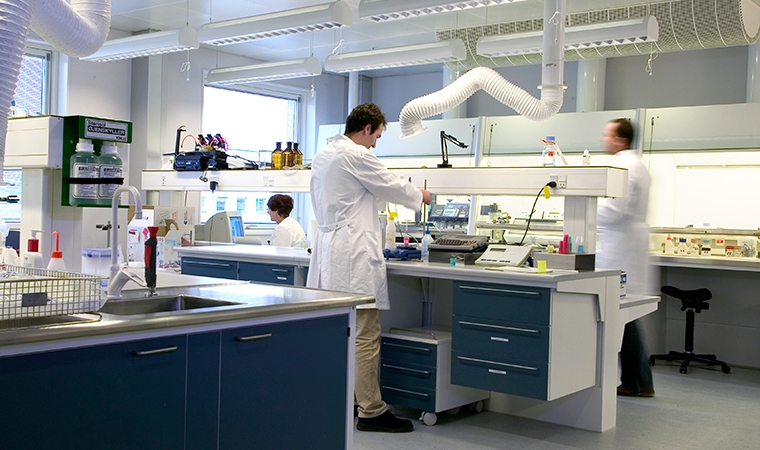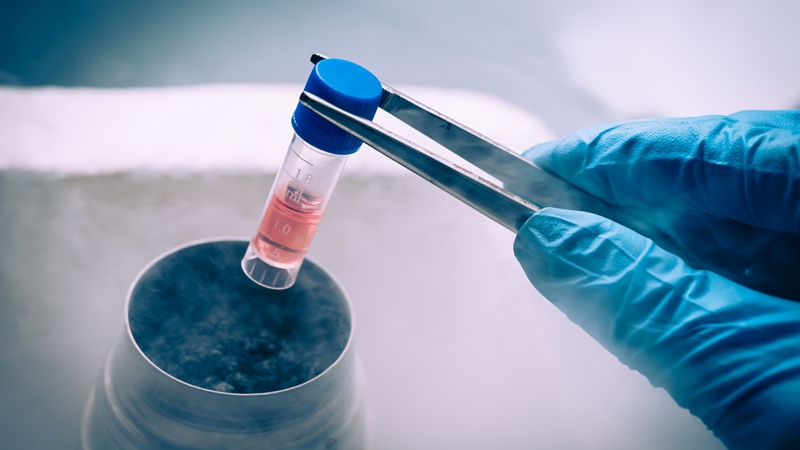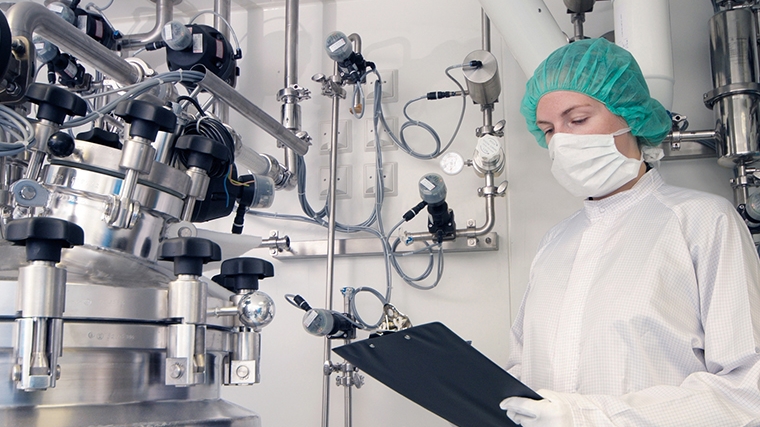Personalized medicine has shifted the role of pharma companies from manufacturer to solution provider, calling for new ways of working and collaborating between the manufacturer and clinical care segments. So what are the challenges we face, and how do we solve them together?
Compared with traditional drug manufacturing, autologous cell and gene therapies are characterized by different processes, challenges and vulnerabilities. Although current good manufacturing practice (cGMP) compliance is equally important through all process steps, a number of extra and unique steps are included in autologous therapies with direct patient interfaces. These include:
- The start material process, including harvesting cells and safely transporting them to the manufacturing facility
- Transporting the final therapy product
To ensure we have full control and reduce any risk to both patient and product, it is of upmost importance to pay special attention to both the core manufacturing process and the steps above.
What are the main steps in the manufacturing process?
To make personalized medicine we need personal "information" from patients - so the very first step is harvesting stem cells. Since stem cells are unique and cannot be replaced by other starting material, these need to be handled with extreme care, and one of the focus areas in personalized healthcare is to ensure that the stability of the start material is not affected during transportation. Therefore when moving these to the cGMP manufacturing facility, transport conditions must be monitored and documented.
These stem cells must then then be processed in a manufacturing cGMP laboratory - an equally critical step in the process. The aim is to ensure that the cell quality and numbers are applicable with the planned cell manipulation for the therapy. Later, the individual therapy must be handled in an aseptic manufacturing process and after processing, the individual batch may be frozen until the patient is ready to receive the therapy.
The last vital process step is to infuse or transfer the therapy back into the patient via an intravenous method, but not before being transported once again. This time, the product travels from the manufacturing laboratory to a hospital or clinic. Here, the patient typically receives a pre-treatment as well as the therapy itself.
Again, the transport is critical and full control of the product stability, including all relevant conditions, must be ensured. Yet these important steps are not naturally included in the work scope for either hospital settings or pharma manufacturers. So what are the options and the consequences?
The challenges of personlized medicine
Personalized medicine seems to be the way forward, but there are still challenges that we need to consider. Even at the raw material phase of autologous cell therapies, otherwise known as "one batch for one patient", there is a need to ensure no batch is mixed up.
As mentioned above, transport is a critical step in the personalized medicine process. And, unsurprisingly, transport poses some of the biggest challenges. Because it is not always possible to freeze the raw material or the final product to prolong shelf life, there can't be a huge distance between the raw material harvest, the production facility, and the final step where the patient receives the therapy.
However with the common centralized solution, short distances between hospitals and production facilities is not always realistic. Although a few hospitals do have the required cGMP cleanroom laboratory facilities, this cannot be generally expected.
Ultimately this affects the patient. For obvious reasons, giving the wrong medicine to the wrong patient would be hugely problematic, and relocating somebody to receive therapy is never ideal. Therefore in order to offer autologous cell therapies to patients in general, we need to find ways to establish a more flexible, decentralized system.
What will happen in the future? Possible solutions.
One solution is introducing decentralized personalized therapy manufacturing. This could alleviate some of the difficulties, since having multiple facilities that cover large areas allows products to be manufactured and distributed close to patients. It also means full cGMP compliance when it comes to traceability, operational reliability and safety for the patient.
In the near future we also expect it to be possible to keep the raw material (stem cells) and therapy products frozen or preserved with additives. This would resolve some transport issues, prolong shelf life and overall supports the idea of having fewer, strategically located manufacturing plants.
Long-term, this decentralized principle could sustainably offer many of the solutions we are looking for. If you would like to read more about this concept, check out the paper, "Decentralized manufacturing of cell and gene therapy products: Learning from other healthcare sectors" or download my full report "Facilities for Personalized Medicine in the Most Personal Form – Today and Tomorrow".



